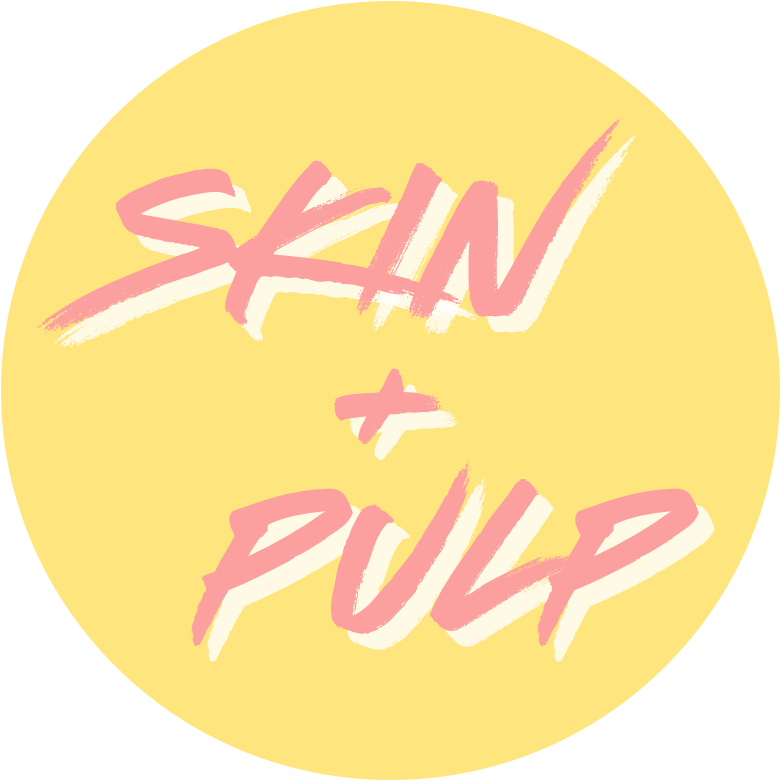Super, natural, British Columbia wines
What do you know about the wines of British Columbia? Did you even know they made wines in British Columbia? Well, for the past 30 years, they’ve been working on it and what was just 17 wineries in 1990 is now almost 300. Pascale Schittecatte held the Super, Natural, British Columbia tasting recently to shine a light on the excellent wines of this region, but also to support a small group of growers who are pushing the industry towards sustainable, natural, regenerative winemaking to help protect the future of the planet.
From Vancouver Island in the west to the Kootenays in the east, there are 4,250 hectares of vines (10,500 acres) across nine Georgraphical Indications (Vancouver Island, the Gulf Islands, Fraser Valley, Lillooet, Thompson Valley, Similkameen Valley, Okanagan Valley, Shuswap and Kootenays). The most well-known of these is the Okanagan Valley, which produces 80% of the region’s wine. You can draw a straight line up to the Okanagan from the Napa Valley (through other prestigious wine producing regions, Oregon and Washington) and Napa’s influence is becoming more and more appararent to BC locals – every new condo that springs up is a sign of money moving into the region. Alongside talk of ‘Napafication’, its easy to make comparisons when it comes to the wines, which occasionally can be useful to help us get a handle on things. The Okanagan Valley is actually warmer and more arid than Napa Valley, with nearly two hours more sunlight per day during the peak of the July and August growing season. Despite being north of 49 degrees latitude, the Okanagan Valley (and the Similkameen Valley, lying just to the south) is not a cool climate region; instead, it has a unique climate best described as a short, hot growing season with desert-like conditions. The combination of extreme heat and extreme cold results in intense fruit-driven, fresh and structured wines.
Vines of British Columbia
The grapes grown across British Columbia include: Merlot, Pinot Noir, Cabernet Sauvignon, Cabernet Franc, Syrah and Gamay Noir for red; the white grapes are Pinot Gris, Chardonnay, Gewürztraminer, Riesling, Sauvignon Blanc, Pinot Blanc and Viognier. The most widely grown are perhaps Pinot Gris and Cabernet Franc, which come in a range of styles. Pascale tells us that while there are some examples of ‘thin, bone-dry’ Pinot Gris and ‘overly alcoholic, jammy’ Cab Franc, the best producers are able to create ‘complex and restrained wines from these grapes’. But arguably the best wines from these varietals have often thrown out the rule book or are made with lesser-planted varietals like Sangiovese, Gamay or Riesling.
There were eight producers showing their wines at Pascale’s tasting from across the region: Bella Wines; Lock & Worth Wines; Synchromesh Wines; Echo Bay Vineyard; Rigour & Whimsy; Neon Eon Wines; Sage Hill Winery and Scout Vineyard. There wasn’t one wine that disappointed; while some were crazy (Neon Eon) and others were more traditional in style (Echo Bay), they were all delicious. One theme seemed to run through all of the wines: purity.
I’ve never been to British Columbia, but from the pictures I’ve seen, I can almost taste the freshness of the air and feel the brightness of pure sunshine on my face. Pascale describes these wines as ‘raw, close to the land’ and you can taste it; the soils, the minerals in the earth, the sunlight reflected from the lakes. Concentrated fruit, fresh acidity, structured minerality.
It would be difficult to write about all of my highlights because I wrote glowing notes on each wine and so it would come down to personal taste. I described Lock & Worth’s 2018 whole cluster Chardonnay as ‘so pure – ripe, sunshine fruit’ with a ‘very elegant, mineral palate’ and a ‘long, savoury finish’. Neon Eon’s 2018 Zweigelt Pet Nat was like sucking on rhubarb and custard sweets, whilst savouring aromas of warm bread (this was the most experimental one of the selection and I loved it), while Sage Hills’ 2018 Syrah from low yield single vineyard grapes was ‘expressive, peppery, youthful and bright’.
I loved Rigour & Whimsy’s 2018 Flux Capacitor, which had an aromatic nose of roses, but a moreish bready, savoury palate. Echo Bay’s 2017 Cabernet Franc from Okanagan Falls was soft and approachable with refined fruit and smooth tannins. One of my favourite favourites was the 2018 Riesling from Scout Vineyard in the Similkameen Valley – everything you want Riesling to be with pungeant aromatics and a killer acidity. Gorgeous.
I am all for British Columbia wines and I agree with Pascale – I want to drink more of them in the UK. For the wine (because it’s really tasty and different), for the growers (because they are growing sustainably and I want to support them) and for the planet (because, you know, we live on it and it’s important). So, if you’re a wine merchant reading this, get on board so that more people can taste the super, natural wines of British Columbia and contact Pascale here.


